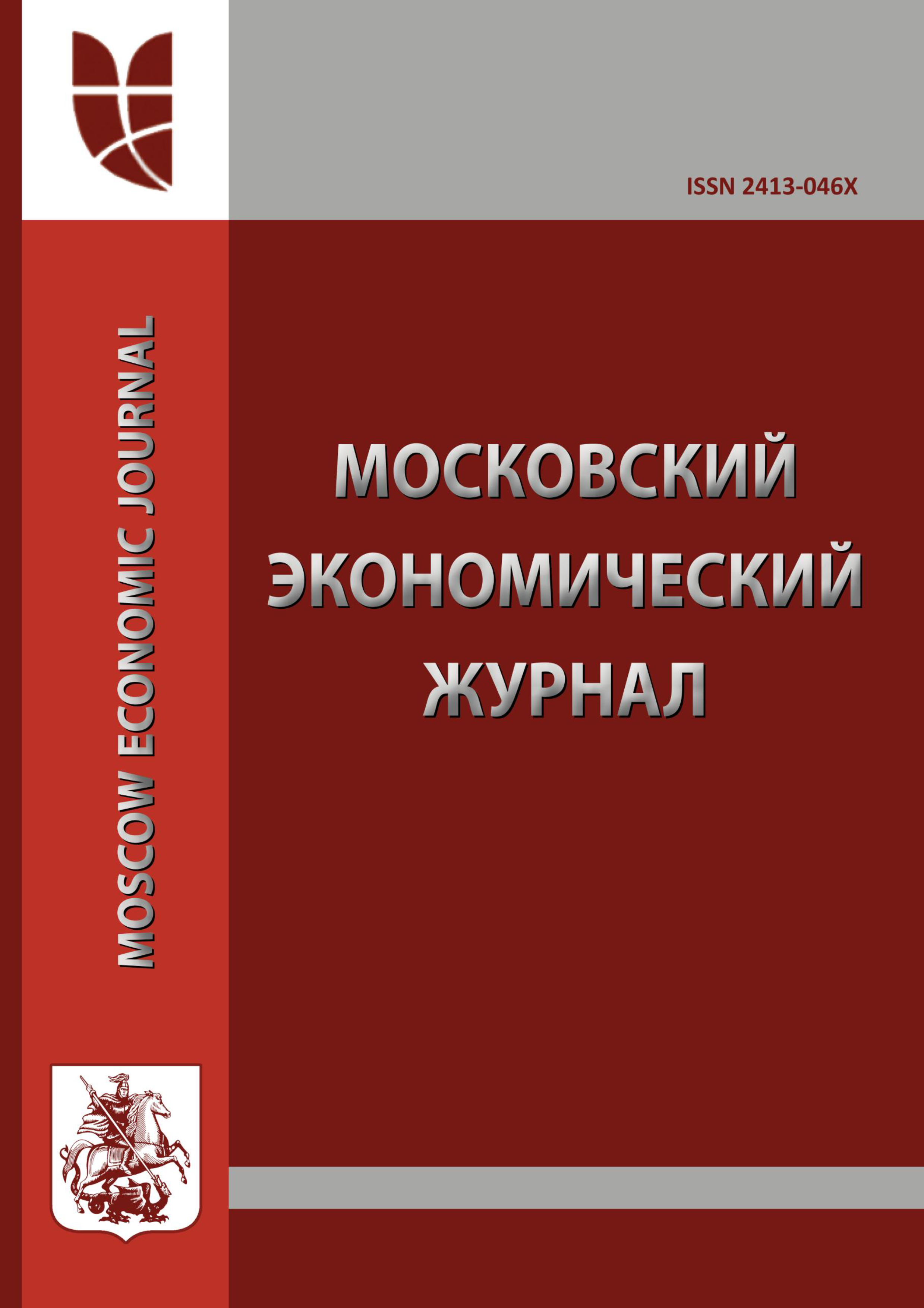Russian Federation
Almost 70 years ago, a linguist from Harvard George Zipf formulated an empirical-mathematical law that reflects for any natural language the connection of the "rank-frequency" type: words of a very long text (in the potential of language), if lexicographically order them according to their use, then the word series with the number n, the frequency will be "almost" inversely proportional to the rank, the number n. In particular, the second most frequent word will occur twice as rarely as the first, the third - less often than the first three times, etc. Based on the application of the Zipf Law, an analysis of the web pages of sites on the subject of naturalness has been carried out.
Zipf's law, content marketing, internet-marketing, search engine optimization
1. Zipf G.K. Human behavior and the principle of least effort. 1949.
2. Bentz C., i Cancho R.F. Zipf's Law of Abbreviation as a Language Universal. Universitätsbibliothek Tübingen, 2016.
3. Newman M.E. J. Power laws, Pareto distributions and Zipf's law // Contemporary physics. 2005. T. 46. №. 5. S. 323-351.
4. Gabaix X. Zipf's law for cities: an explanation // The Quarterly journal of economics. 1999. T. 114. №. 3. S. 739-767.
5. Li W. Random texts exhibit Zipf's-law-like word frequency distribution // IEEE Transactions on information theory. 1992. T. 38. № 6. S. 1842-1845.
6. Shreyder Yu.A. O vozmozhnosti teoreticheskogo vyvoda statisticheskih zakonomernostey teksta (k obosnovaniyu zakona Cipfa) // Problemy peredachi informacii. 1967 T. 3. № 1. S. 57-63.
7. Yablonskiy A.I. Matematicheskie modeli v issledovanii nauki. 1986.
8. Zakon Cipfa https://ru.megaindex.com/support/faq/zakon-zipfa
9. Adamic L.A., Huberman B.A. Zipf's law and the Internet // Glottometrics. 2002. T. 3. № 1. S. 143-150.
10. Kanwal J. et al. Zipf’s Law of Abbreviation and the Principle of Least Effort: Language users optimise a miniature lexicon for efficient communication // Cognition. 2017. T. 165. S. 45-52.
11. Zakon Cipfa https://ru.megaindex.com/support/faq/zakon-zipfa
12. PreLanding page http://informatsionniy-vestnik.com/articles/novaya-2-nedelnaya-formula-avtomaticheskogo-izucheniya-inostrannykh-yazykov-r/
13. Landing page http://posledniye-novosti-mira.com/vy-nachnyote-govorit-na-inostrannom-yazyke-v-techeniye-2-nedel/
14. Toshnota_teksta https://wiki.advego.ru/index.php/Toshnota_teksta
15. Iosif Ol'shanickiy. Gde primenyaetsya zakon Cipfa? http://www.proza.ru/2016/11/05/859











